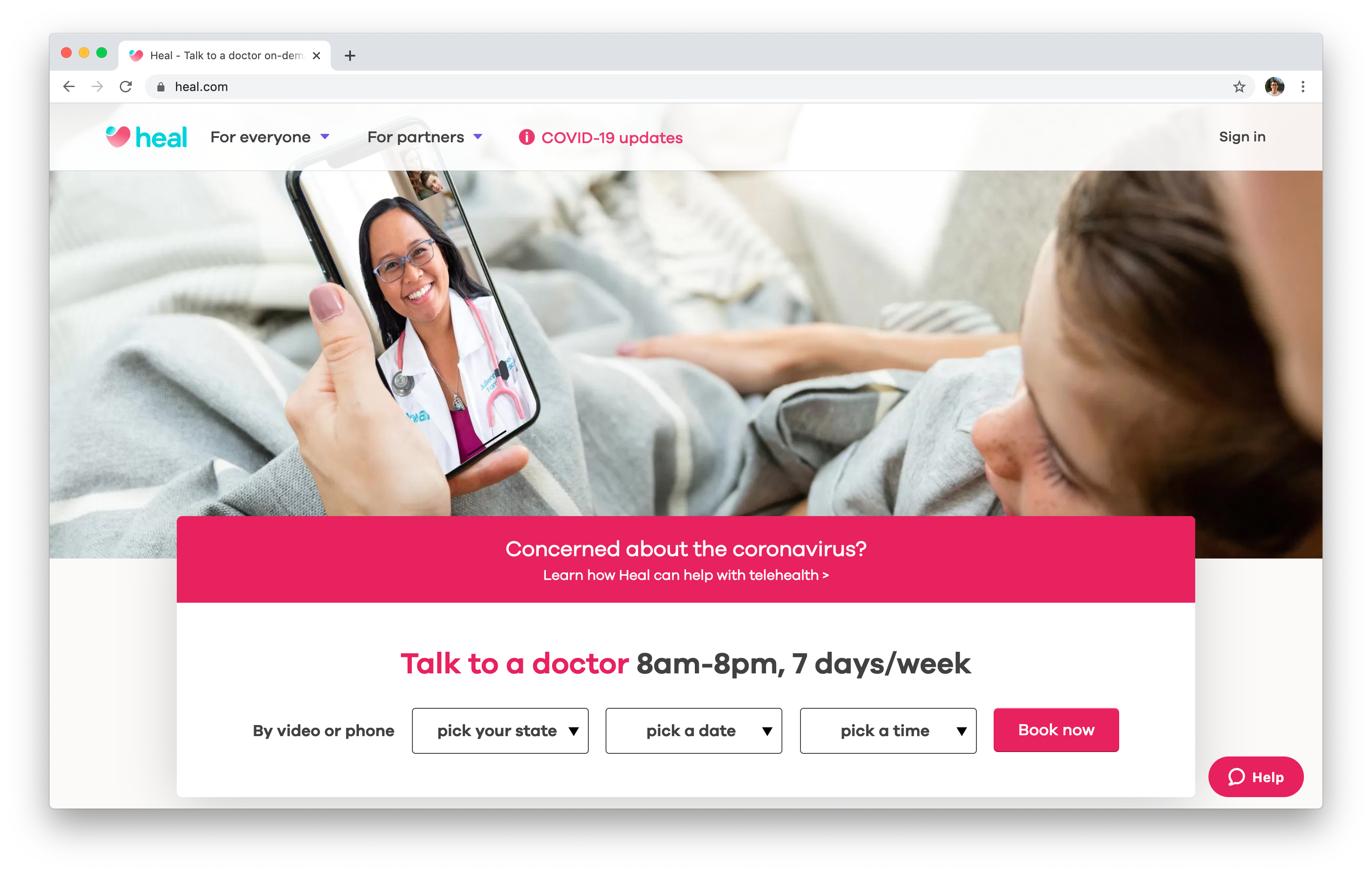How Subscription Based Healthcare is Changing Patient Accessibility to Services
How Subscription Based Healthcare is Changing Patient Accessibility to Services
Blog Article
How Subscription-Based Health Care Is Reinventing the Medical Sector

The Increase of Registration Health Care
In the last few years, the health care sector has observed a considerable change towards subscription-based designs, mirroring more comprehensive consumer patterns preferring comfort and predictability. This change is driven by the raising demand for even more customized and accessible treatment solutions. Membership health care, in some cases described as concierge medication or straight medical care, provides patients a set regular monthly charge for a series of clinical solutions, substantially changing typical fee-for-service versions.
The increase of registration healthcare is assisted in by developments in technology, which enable structured communication between patients and service providers - subscription based healthcare. Digital platforms and telehealth solutions have actually come to be essential, offering clients the ability to set up visits, access clinical records, and obtain assessments online. This technical combination not just improves patient interaction but likewise allows suppliers to deliver extra efficient treatment
Moreover, the subscription design lines up with the progressing assumptions of individuals that look for more control over their health care expenditures and experiences. While this design is getting grip, its expansion deals with difficulties such as governing difficulties and the requirement for wider acceptance within the traditional healthcare community.
Benefits for Companies and patients
Subscription-based medical care provides a plethora of benefits for both carriers and patients, reshaping the characteristics of clinical treatment. For patients, this design gives enhanced access to health care services.
For health care companies, subscription-based models cultivate a more lasting and gratifying method. Administrative jobs are typically streamlined, minimizing overhead prices and allowing carriers to devote even more time to individual interaction. Generally, subscription-based healthcare lines up the incentives of individuals and suppliers, promoting an extra effective and patient-centered healthcare shipment system.
Trick Features of the Version
Frequently, the crucial attributes of the subscription-based healthcare model highlight its unique strategy to supplying medical solutions. Central to this design is the principle of predictable, monthly repayments, offering clients a comprehensive variety of solutions without the changability of typical fee-for-service frameworks. This model typically consists of unrestricted access to primary care services, precautionary treatment, and regular examinations, guaranteeing that individuals can involve with their healthcare service providers proactively rather than reactively.
Additionally, straight communication channels, such as telemedicine and messaging platforms, are emphasized, enabling clients to obtain timely suggestions and consultations without needing in-person visits. This improves ease of access and comfort, particularly for individuals with movement restraints or those residing in remote areas. The model additionally cultivates more powerful doctor-patient connections, as medical care service providers are incentivized to concentrate on long-term health results as opposed to short-term brows through.
Moreover, subscription-based medical care typically incorporates technical technologies, such as electronic wellness records and health surveillance apps, to give reliable and tailored treatment. Patients gain from coordinated and continuous treatment administration, which is tailored to their certain health needs. Inevitably, these attributes jointly create a patient-centered medical care experience, focusing on availability, cost transparency, and preventative care.

Considerations and challenges
While the subscription-based medical care model uses numerous advantages, it is not without its considerations and difficulties. Membership versions may unintentionally prefer those with greater socioeconomic standing, potentially expanding variations in medical care accessibility for lower-income people that might battle with monthly costs.
Another difficulty hinges on governing conformity. Subscription-based healthcare must navigate a complicated internet of guidelines that differ by area, consisting of view it now concerns around patient confidentiality, data security, and state licensing demands. Making sure conformity without hampering the version's adaptability and technology can be discouraging for service providers.
Furthermore, there is the danger of overutilization or underutilization of services. Patients paying a fixed fee might overuse solutions, leading to raised functional prices, while others could underutilize as a result of be afraid of burdening the system, potentially neglecting necessary care.
Future Leads and Innovations
The landscape of subscription-based medical care is positioned for improvement with emerging innovations and advancing leads. As innovation continues to advancement, the integration view it of fabricated knowledge and artificial intelligence offers considerable opportunities to enhance analysis accuracy and simplify individual administration. Anticipating analytics can reinvent precautionary treatment by determining potential health threats prior to they materialize, thus lowering both prices and the worry on health care systems.
Furthermore, telemedicine is set to broaden within subscription versions, offering individuals increased accessibility to healthcare specialists regardless of geographical restraints. This not only promotes continuity of treatment but likewise empowers individuals to involve more proactively in their health administration. Additionally, blockchain innovation offers prospective in safeguarding client information and ensuring interoperability across systems, fostering count on and openness.
Partnerships in between technology firms and health care suppliers are most likely to produce ingenious services, enhancing patient experiences and outcomes. As these leads emerge, subscription-based health care has the potential to redefine how treatment is provided and accessed.
Final Thought
Subscription-based health care is changing the medical market by supplying a much more available, predictable, and patient-centered strategy to clinical solutions. Despite obstacles such as regulative obstacles and prospective differences in access, the membership version holds guarantee for a much more reliable and personalized healthcare experience.
Membership medical care, sometimes referred to as concierge medicine or straight key treatment, offers clients a set regular monthly fee for a range of medical services, substantially modifying traditional fee-for-service models.
Furthermore, click to read more the membership design lines up with the advancing assumptions of patients who seek more control over their healthcare expenses and experiences. For clients, this design offers improved access to health care services. In general, subscription-based health care lines up the incentives of clients and carriers, advertising an extra patient-centered and effective health care shipment system.
Furthermore, telemedicine is set to expand within registration versions, offering individuals boosted access to healthcare specialists no matter of geographical restrictions. - subscription based healthcare
Report this page